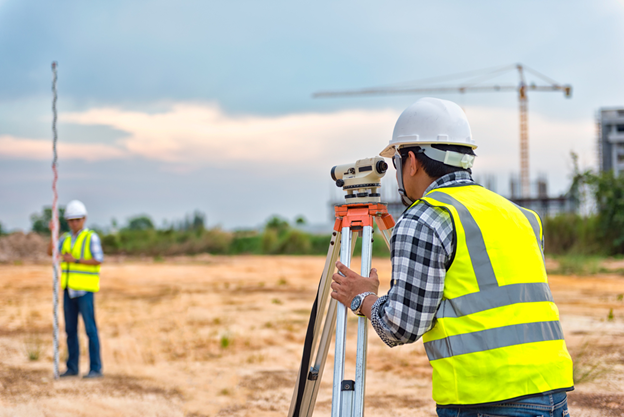Most people hear the term “cadastral surveying” and don’t have the slightest clue what it is. This is understandable, as it’s not something that is brought up in everyday conversation.
However, it is an important process for property owners and councils who require information regarding local boundaries.
Cadastral surveying and documentation are utilised to track and display the boundary lines of both public land and privately owned real estate. Cadastral GIS data contains information regarding property lines and their legal interpretation.
This information can then be used to produce:
- Cadastral maps, which can include land ownership
- Tax and value assessments
- Parcel numbers
- Linework
- Dimensions
- Acreage and;
- Topographic mapping
Why do you need cadastral maps?
Data regarding cadastral parcels, defined as a continuous land volume identified by a unique set of homogeneous property rights, are held in a repository that staff and landowners can easily access, browse, update and query.
Cadastral systems are typically utilised for applications such as:
- Establishing land ownership,
- Supporting land market values
- Apportioning taxes
- Calculating agriculture
- Mortgage applications
- Subsidy payments
- Forest and vegetation management
- Utilities
- Municipality property management
- Geology
- Population
- Agriculture
- Industry and;
- Graphic recording of water resources
3D spatial database management systems and 3D cadastre information modelling are utilised to manage GIS cadastre data, register the complex infrastructure associated with town expansion and create a 3D topology spatial profile.
How is cadastral surveying undertaken?
Cadastral mapping and surveying is performed by a cadastral surveyor, who adheres to both spatial-measurement and legal principles in physically determining a property’s boundaries. Cadastral surveyors cross maps of adjoining properties, reference deeds, survey records, utility maps and other legal documents regarding property boundaries.
Data from these records is evaluated for any errors, followed by a professional field survey, where surveyors use cadastre survey technology – including ranging rods and laser scanners – to determine the property’s boundaries as well as run a traverse around the property and mark metes and bounds.
Cadastre documentation – produced by the parties concerned, legal advisors and licenced surveyors – contains cadastre survey data and is submitted to land or cadastre admin locations for their records to be held for further use.
Cadastral survey software and GIS technology solutions help land information agencies management cadastre data by providing an open, versatile system that facilitates the production of specialised cadastre plans and maps, database information leveraging, spatial data services integration, adherence to information technology and legal standards, reporting and sharing between agencies and clients as well as dynamic visualisations that can be utilised for geographic inquiries.
Why cadastral mapping is necessary
Cadastral mapping is the only way to provide legitimate, precise, highly accurate and readily available records for information regarding legal land rights.
Establishing titles, development, urban planning, land readjustment which subdivides irregular shaped parcels for standarding utility services, valuation of informal land, mapping and valuation, improving property tax collection and valuation of informal land are just some of the reasons why cadastral surveying is an integral part of property ownership.
It is perfect for property owners
Cadastral surveying may sound complex, but it is an important part of property ownership in Australia. The process has so many important benefits for both property owners and councils looking to keep detailed records of its land boundaries.
There is a subtle art to correct cadastral surveying, and this is why it is vital that it is performed by a reputable company that can ensure a clean, accurate land survey is completed.







